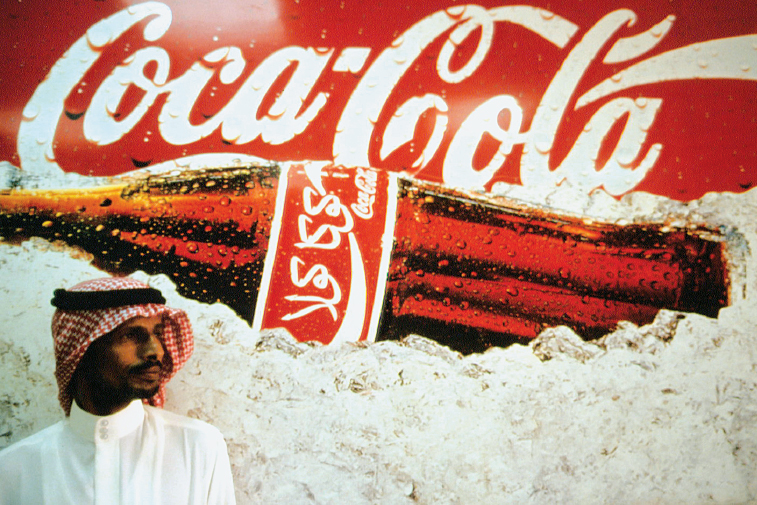GLOBAL VILLAGE
GLOBAL VILLAGE
Bedouins, Camels, Transistors, and Coke
Upon receiving the Philadelphia Liberty Medal in 1994, President Václav Havel of the Czech Republic described postmodernism as the fundamental condition of global culture, “when it seems that something is on the way out and something else is painfully being born.” He described this “new world order” as a “multicultural era” or state in which consistent value systems break into mixed and blended cultures:
For me, a symbol of that state is a Bedouin mounted on a camel and clad in traditional robes under which he is wearing jeans, with a transistor radio in his hands and an ad for Coca-Cola on the camel’s back…. New meaning is gradually born from the … intersection of many different elements.1
Many critics, including Havel, think that there is a crucial tie between global politics and postmodern culture. They contend that the people who overthrew governments in the former Yugoslavia and the Soviet Union were the same people who valued American popular culture—especially movies, pop music, and television—for its free expression and democratic possibilities.

Back in the 1990s, as modern communist states were undermined by the growth and influence of transnational corporations, citizens in these nations capitalized on the developing global market, using portable video, digital cameras and phones, and audio technology to smuggle out recordings of repression perpetrated by totalitarian regimes. Thus it was difficult for political leaders to hide repressive acts from the rest of the world. In Newsweek, former CBS news anchor Dan Rather wrote about the role of television in the 1989 student uprising in China:
Television brought Beijing’s battle for democracy to Main Street. It made students who live on the other side of the planet just as human, just as vulnerable as the boy on the next block. The miracle of television is that the triumph and tragedy of Tiananmen Square would not have been any more vivid had it been Times Square.2
This trend continues today through the newer manifestations of our digital world like Facebook, Twitter, and YouTube. As protestors sent out messages and images on smartphones and laptops during the Arab Spring uprisings in 2011 and 2012, they spread stories that could not be contained by totalitarian governments.
At the same time, we need to examine the impact on other nations of the influx of U.S. popular culture (movies, TV shows, music, etc.), our second biggest export (after military and airplane equipment). Has access to an American consumer lifestyle fundamentally altered Havel’s Bedouin on the camel? What happens when Westernized popular culture encroaches on the mores of Islamic countries, where the spread of American music, movies, and television is viewed as a danger to tradition? These questions still need answers. A global village, which through technology shares culture and communication, can also alter traditional customs forever.
To try to grasp this phenomenon, we might imagine how we would feel if the culture from a country far away gradually eroded our own established habits. This, in fact, is happening all over the world as U.S. culture has become the world’s global currency. Although newer forms of communication such as tweeting and texting have in some ways increased citizen participation in global life, in what ways have they threatened the values of older cultures?
Our current postmodern period is double-coded: It is an agent both for the renewed possibilities of democracy and, even in tough economic times, for the worldwide spread of consumerism and American popular culture. 